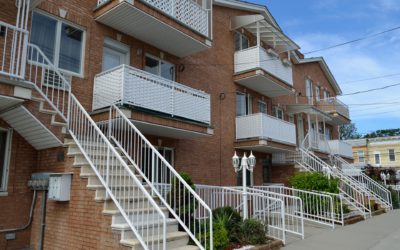Investing in real estate sounds promising. Who isn’t thrilled with the idea of generating passive income streams? Though the rental business is not for everyone, the investment opportunities are definitely worth considering since affordable housing is in such high demand.
It can be worth analyzing aspects of your investments before you dive in. Whether you tend to invest in multi- or single-family homes, residential rentals, or vacation rentals, you should get to know the market first to predict which investment property will bring you the most cash flow in the long run. Oftentimes, accessory dwelling units, also known as granny flats, mother-in law apartments, or in-law units, can become an attractive addition to your real estate portfolio.
According to Joseph Edgar, CEO of TenantCloud, dividing one single-family rental into multiple rentals helps to solve the crisis around limited housing. But not every state’s laws support building an ADU.
Overall, there are a few popular types of ADUs: an apartment over the garage, a basement apartment, or a tiny cottage in the backyard. ADUs are usually 400-1,000 square feet and are often built on the existing residence. They are considered a part of the property used either for renting purposes or as an extra place for guests, relatives, or family members in need.
Know the law in your area
To know if it’s legal to rent out an ADU, you should check out laws and regulations in your area. For instance, in the state of Oregon in order to build an accessory dwelling unit, you must get a building permit along with electrical, plumbing, and sometimes even mechanical permits. If it’s a completely new building, compliance with the building codes is required. In Texas, there are certain policies in place that regulate the construction of ADUs across the state.
Thanks to that, the number of available vacant units is increasing. It means more investors get interested in converting a single house into ADUs and more renters are provided with affordable homes.
What are the rules for building?
There is no one exact rule for constructing an ADU project but you may want to follow a couple of recommendations we’ve got in mind:
- First off, if it’s new construction, make sure you’re using eco-friendly materials. You’ll thus attract more tenants to your rental, especially Gen Z renters.
- To lower electricity bills, consider buying energy-efficient appliances. You’ll likely save more on simply installing such appliances.
- Before building an ADU, prepare a construction projection. It’s also critical to know size restrictions and zoning laws.
The benefits of ADUs
- ADUs provide more affordable housing options (less expensive than the same units in multi-family buildings).
- Banks see ADUs as an added value to the structure, so it increases the value of the whole property.
- For extended families, ADUs offer a perfect option of extra space and improve care solutions for the elderly (if necessary).
Investing in an ADU provides not only economical benefits by increasing the property value, but it also allows you to stay together with your family or use it as a passive income source.






0 Comments